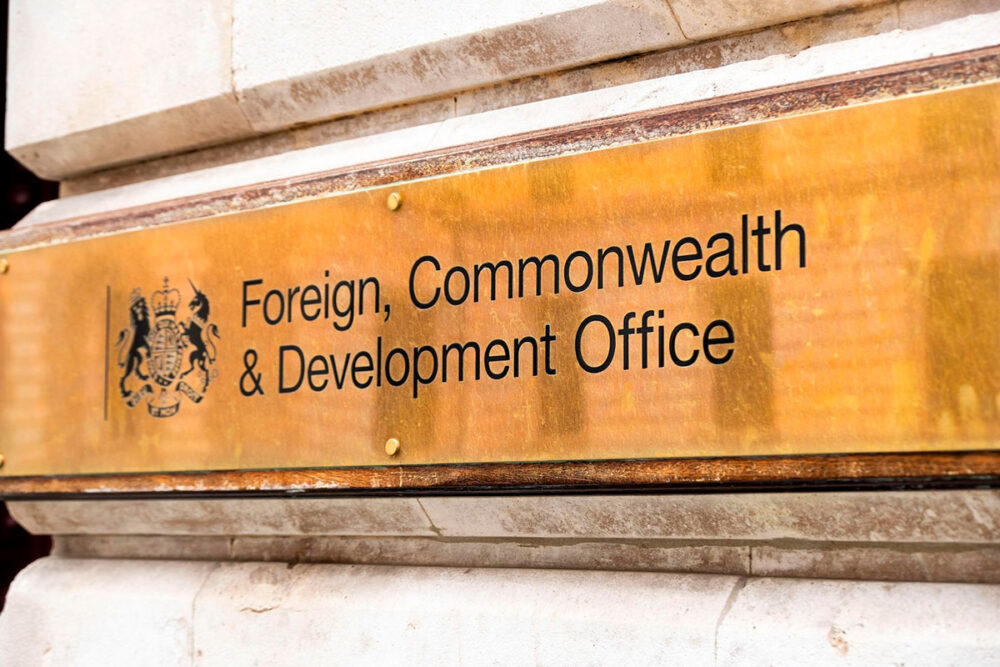The Department of Health is on track to meet most of the key targets identified in a review of its arm’s length bodies, according to a report out today by the National Audit Office. By the end of 2007-08, expenditure will have reduced by £555 million, against the target of £500 million. And the number of posts in the sector will have decreased by 27 per cent, compared to the target of 25 per cent.
Jump to downloadsOver the same period, the Department will have spent £61 million on implementing the review, including redundancy costs of £47 million. While year-on-year savings are being released from the arm’s length body sector, the Department expects that full savings, net of final implementation costs, will be realised from 2010 onwards.
In 2004 the Department of Health initiated a review of its arm’s length bodies (ALBs), with the aim of reducing expenditure, cutting posts and substantially reducing the number of such bodies.
The report found that, while the Department did collect performance information on its arm’s length bodies prior to the review, this was put into a standard format only in 2006-07. There are lessons to be learnt for departments generally in managing change programmes, including having clear baselines for performance measurement at the outset and assessing wider value for money.
The report found that the Department will have reduced the number of bodies, by the end of 2007-08, from 38 to 23. The target set was for 20 bodies to remain by 2008-09. The Department expects this to be achieved from the beginning of 2009-10. Over half of the headcount reduction has been achieved through transferring posts out of the sector although they remain on the NHS payroll. For example, nurses working for NHS Direct count towards the target, because they have been reclassified as ‘frontline’ staff.
Considerable savings have been achieved through the Department closing down organisations. The closure of the NHS Information Authority contributed to the £66 million savings made by the Health and Social Care Information Centre. The report highlights that five organisations were identified for closure within five years of opening.
The report concludes that the review has certainly cut costs, posts and the number of bodies, and secured some notable savings. In the wider context of developments in efficiency measurement since 2004, there remain some areas in which further evidence would be required to quantify the overall value for money achieved.
In order to achieve further efficiencies, the Department will have to work within tighter requirements for demonstrating efficiency gains as set out in the Comprehensive Spending Review 2007. The NAO recommends that when departments undertake major change programmes, they should establish baseline performance information in order to assess the ‘before and after’ effect.
“The Department should be commended for its management of the review, having achieved its savings targets. But there are lessons to be learnt more generally about making sure that targets are clear and focused on delivering value for money and improving performance. And it is essential that departments are able to measure their progress against a clear set of baselines, which need to be identified before projects start.”
Sir John Bourn
Downloads
- 0708237es.pdf (.pdf — 230 KB)
- 0708237.pdf (.pdf — 716 KB)
Publication details
- ISBN: 9780102951967 [Buy a hard copy of this report]
- HC: 237 2007-2008


